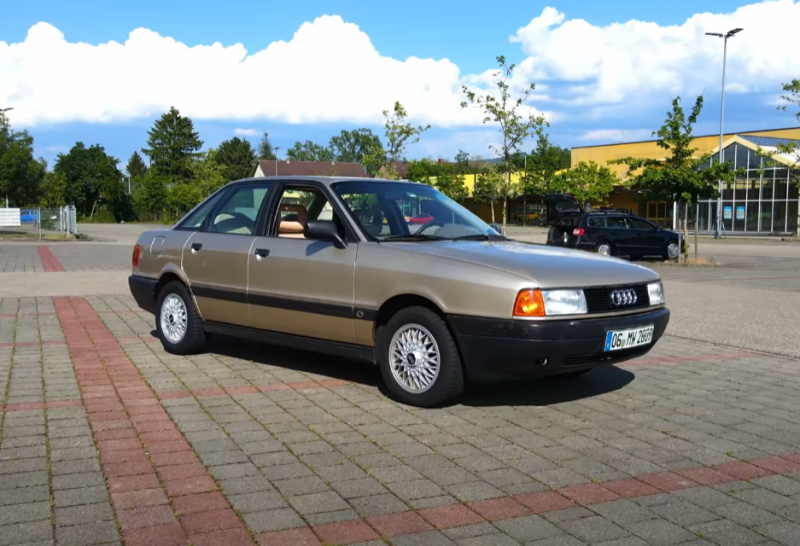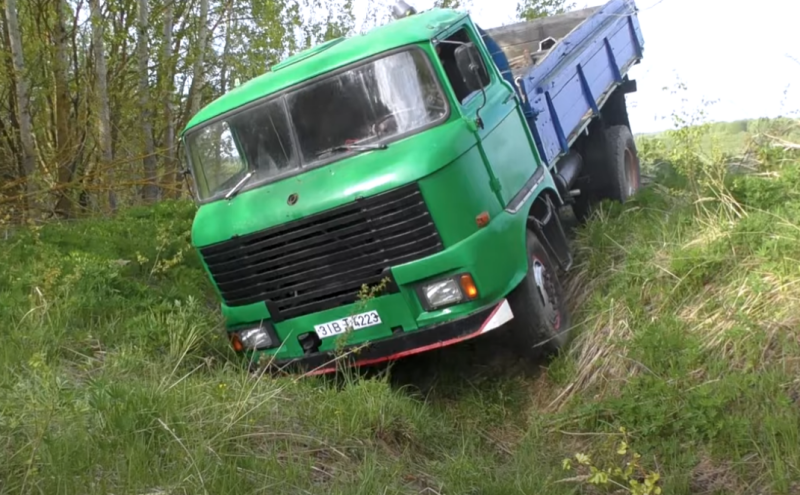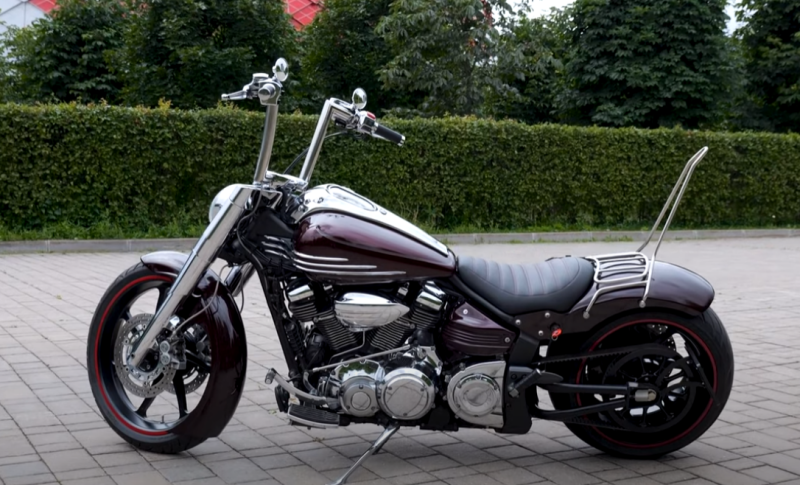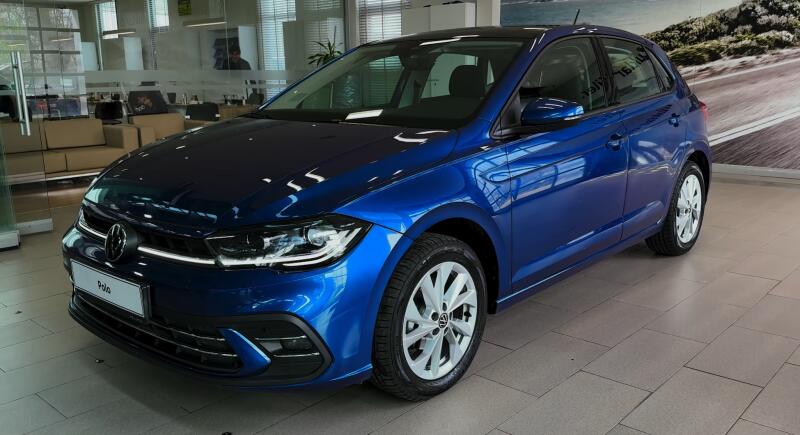And so the biplane was born. They tried to “develop” the idea by installing not 2, but 3 and even 4 wings one above the other. But this again complicated the design and made it unreliable.
 Italian triplane bomber Caproni Ca.4. Photo: YouTube.com
Italian triplane bomber Caproni Ca.4. Photo: YouTube.comAs a result, in the 10-20s of the twentieth century, two types of airplanes dominated aviation: mono- and biplanes. Both of them had their pros and cons. Which?
Advantages and disadvantages of biplanes
The main advantage was the large area of the wings. But there were nuances here. At first glance, it seems that the lift force of aircraft with two wings should be correspondingly 2 times stronger. But in practice, this is not the case: both planes are in the same atmospheric layer in terms of density and therefore “interfere” with each other. As a result, compared with a monoplane, the lifting force increases by only 20%. There are other benefits too:
✅ the need for a shorter runway
✅ best maneuverability
✅ good stability (spin was rare)
✅ high load capacity
The main disadvantage is the strong drag. This reduces the aircraft's ability to develop high speed and increases fuel consumption. Abroad, the pros and cons of biplanes were sorted out by the mid-30s and their production was gradually reduced. However, in the USSR, attempts continued to modernize two-winged vehicles by installing more powerful engines and even improving the design. For example, they created an airplane (the only one in the world) monobiplane. After takeoff, his lower wing folded, and straightened out during landing. But such a machine did not go into the series.
Biplanes at war
Initially, they began to use devices with a pusher screw ("Voisins"). Aircraft performed mainly reconnaissance function. However, with the outbreak of the First World War, the French even issued a special law prohibiting the use of airplanes with a pusher propeller for military purposes.
 The pusher aircraft was little used in World War I. Photo: YouTube.com
The pusher aircraft was little used in World War I. Photo: YouTube.comThe reason was banal: a pilot in such a machine could not shoot back from an enemy aircraft attacking from behind and became his easy prey. The leading position in the aircraft industry at that time was occupied by Germany. The Germans far-sightedly attached great importance to aircraft: they developed new models, made engines, etc.
 German military aircraft were among the best. Photo: YouTube.com
German military aircraft were among the best. Photo: YouTube.comRussia also did not lag behind, although there were few "own" aircraft, and then on British engines. Mostly cars from France were used. Although there were outstanding exceptions, such as the Ilya Muromets biplane. A huge car for those times (it even had a shower room!), Successful in terms of design, turned out to be of little use for combat operations: the aircraft was poorly maneuverable and quickly became the prey of enemy fighters if it flew without “guards”.
 The Russian Ilya Muromets was the largest aircraft at that time. Photo: YouTube.com
The Russian Ilya Muromets was the largest aircraft at that time. Photo: YouTube.comAs a passenger liner, Ilya Muromets would undoubtedly take a leading position in the world, if not for the war, and then the revolution.
the USSR
In the Soviet Union, success in aircraft construction was not as large-scale as in Germany, but Soviet designers still achieved good results. One example is the U-2 biplane ("training second"), also known by its second name, as the Po-2. The abbreviation contains the name of the designer - Polikarpov. The plane took off in the air back in 1927 and immediately became the object of attention of the military: 15 m was enough for it to take off. The car was ideally suited at that time for reconnaissance with aerial photography, the removal of the sick, the wounded, and even bombing. Po-2 was successfully used in World War II: due to good maneuverability, the ability to fly at an excessively low altitude, and slow speed, it was very difficult for German fighters to "sit on the tail" of a reconnaissance aircraft.
 The unpretentious Po-2 took off from any platform. Photo: YouTube.com
The unpretentious Po-2 took off from any platform. Photo: YouTube.comAs a training aircraft was used until the end of the 50s. On it, future pilots practiced aerobatics, takeoff, landing.
Speaking of the war, one cannot fail to mention one more worker with two wings - the biplane fighter I-15 (later I-153), nicknamed "The Seagull" for the characteristic bending of the planes. The aircraft was used in battles with the Finns in 1940, then on the fronts of the Great Patriotic War.
 I-153 differed in the characteristic bend of the wings - like a seagull. Photo: YouTube.com
I-153 differed in the characteristic bend of the wings - like a seagull. Photo: YouTube.comHowever, the model was clearly outdated by that time and could only surpass the enemy in maneuverability, inferior in other indicators. By 1945, the "Seagull", and so rarely used, ceased to participate in hostilities.
An-2
This is a legendary, without any exaggeration, Soviet biplane, deservedly listed in the Guinness Book of Records as the most numerous serial aircraft (18 thousand pieces) that has been produced for a long time (since 1947). Until 1963, the car was produced in the USSR, then the license was transferred to the Poles and Chinese. According to some reports, the car is still being produced in China at the Shijiazhuang plant under the name Yongshuzhi-5 (first there was Fong Shu-2).
 Biplane An-3 in Antarctica. Photo: YouTube.com
Biplane An-3 in Antarctica. Photo: YouTube.comThe plane turned out to be so successful that it was not subjected to modernization until the 80s, when the first An-3 took off, which did not replace the "maize". An-2 was also used for military purposes: it was in service (and in some places it is still used today) by 28 countries of the world: in Africa, Europe, Asia. His follower An-3 visited Antarctica.
Modern biplanes
Despite good maneuverability, aircraft with a pair of wings were not used for sporting purposes. Nevertheless, such machines were built and sometimes quite successful designs were obtained, such as the American Acro Sport, which first took to the skies in 1972.
 If you remove the computer tablets, everything in the cockpit of the Acro Sport is like in the 70s. Photo: YouTube.com
If you remove the computer tablets, everything in the cockpit of the Acro Sport is like in the 70s. Photo: YouTube.comInitially, a single-seat aircraft was produced, but after successful sales six years later, it began to be calculated for two people. Machine technical data:
✅ wingspan - 6,6 m
✅ weight - 397 kg
✅ power plant - four-cylinder engine Lycoming O-360, developing 180 "horses"
✅ top speed - 245 km/h
✅ flight range - 692 km
✅ ceiling - 6096 m
The biplane is so simple in design that it was even offered in disassembled form for self-assembly, and this reduced its cost and contributed to its popularity. The aircraft is still in service today, mainly in the US and Canada.
Are there any prospects for biplanes?
In 2011, a modernized version of the An-2MS (TVS-2MS) "corncob" took off in the Russian Federation. Its display at the MAKS-2013 International Exhibition aroused great interest: the biplane took off almost from a standstill, and for landing it needed no more than 20 m. At the same time, the plane flew almost silently and practically hovered in the air. Moreover: with a headwind of 30-40 km / h, the biplane is completely capable of flying tail first. It would seem that there is everything necessary to modernize the fleet of obsolete AN-2s, if not for the “fly in the ointment”: the Garrett TPE 331-12 engine used on the improved “corncob” is produced in the USA, as is the 5-blade propeller HC-B5MP-5CLX / LM 11692MX.
 The Russian North still needs TVS-2MS today. Photo: YouTube.com
The Russian North still needs TVS-2MS today. Photo: YouTube.comYes, there are many ideas, for example, an electric biplane. Single enthusiasts assemble their own aircraft with a pair of wings. There are many active models, layouts. However, the fact is a stubborn thing: the official release of the AN-3 was discontinued in 1,3 due to the high cost (2009 million dollars and more). Nothing is known about new developments of biplanes.










